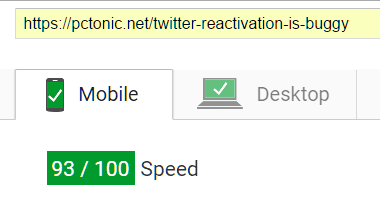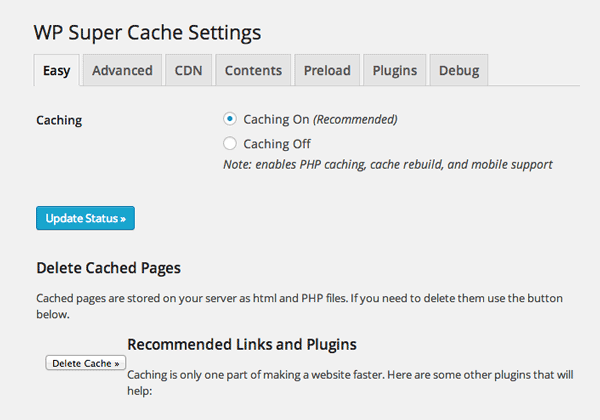
You might think running a WordPress site with hundreds of thousands of visitors a month requires some serious cash. You’re wrong. Here’s how you can run your super popular site for $10 or less a month.
Choose a shared hosting plan (between $3 to $10 per month)
Shared hosting will make your site slow.
Shared hosting has bad uptime.
Your web host will kick your website offline without warning.
You have heard bad things about shared hosting from the moment you set out to create a website. Most of it is blown out of proportion, if not entirely untrue.
A good shared hosting service will keep your website up and running at great speeds for thousands of visitors at a time, as long as your website is not poorly designed to the point it hammers the shared CPU resources into submission. Any WordPress website that repeatedly calls heavy PHP functions, and that doesn’t have a proper caching system, will be taken offline by the web host.
Most of the popular web hosts today, like DreamHost, Namecheap, SiteGround, A2 offer shared hosting plans with great uptime and speed for less than $10 a month. You can even find massive discount coupons for the first year or so at RetailMeNot. I am running Tech Orbiter (and PC Tonic) on Namecheap, and am very happy with them, but really, you cannot go wrong with any of these hosts.
Cache, cache, cache ($0 per month)
Caching is the process of saving entire webpages to your hosting servers, which can then be shown to the visitors without using CPU resources. Proper caching makes your website respond way faster, use way less CPU resources, and serve webpages to way more visitors concurrently.
If you don’t want to use a caching solution on your site, this post is not for you. It is possible to run WordPress as is without caching, but you’d need a powerful VPS or dedicated server that would cost you hundreds or thousands of dollars a month.
There are many caching plugins available for WordPress, but the one you should probably use is WP Super Cache. Maintained by WordPress’ parent company Automattic, this plugin has a one-click mode that works without a hitch (advanced options are available for users who want them).

W3 Total Cache, Cache Enabler, WP LiteSpeed Cache (for LiteSpeed servers) are some of the other great options.
Discard, discard, discard ($0 per month)
Run away from plugins known to be resource hogs. WP Engine lists a good number of bloated plugins that you should avoid.
Also, avoid themes that use a lot of JavaScript and images. Lightweight, responsive, and bold colored themes are the way to go. You cannot go wrong with the popular and featured themes in the WordPress repository, or any of the popular third party theme vendors.
Offload, offload, offload ($0 per month)
Even after caching, you want as much of the processing to happen outside your hosting server as possible. Make use of all these free services to get stuff done.
- CloudFlare blocks threats, resolves DNS, serves as a CDN, improves page speed, keeps your website running during downtime, and more, for free. You can set rules to cache entire web pages (say, a popular post that’s getting a ton of hits), so that they are served from CloudFlare’s data centers and the origin shared server is not bothered. You’re missing out if you don’t use this service.
- Jetpack Photon acts as a CDN for images on your websites, thus saving bandwidth. Photon automatically optimizes and resizes images for various screen sizes.
- Jetpack Related Posts uses the servers of WordPress.com to display related posts on your website, thus saving CPU cycles.
- Jetpack Stats and Google Analytics track your visitors with little added impact on your server.
- Disqus and Livefyre are great commenting platforms that use very little of your server’s resources. Do not use native WordPress comments.
Backup, backup, backup ($0 per month)
Regularly backing up your popular website is a no-brainer. You can backup from your web host’s control panel, or use a free plugin like BackUpWordPress.
How popular is too popular for $10?
Half a million monthly visitors. That’s how far you can probably go with this guide. There is a chance your web host will look at your stats and nudge you towards a VPS before you hit the actual ceiling.
What are your tips of reducing bandwidth and CPU usage for your website? Let everyone know in the comments!




